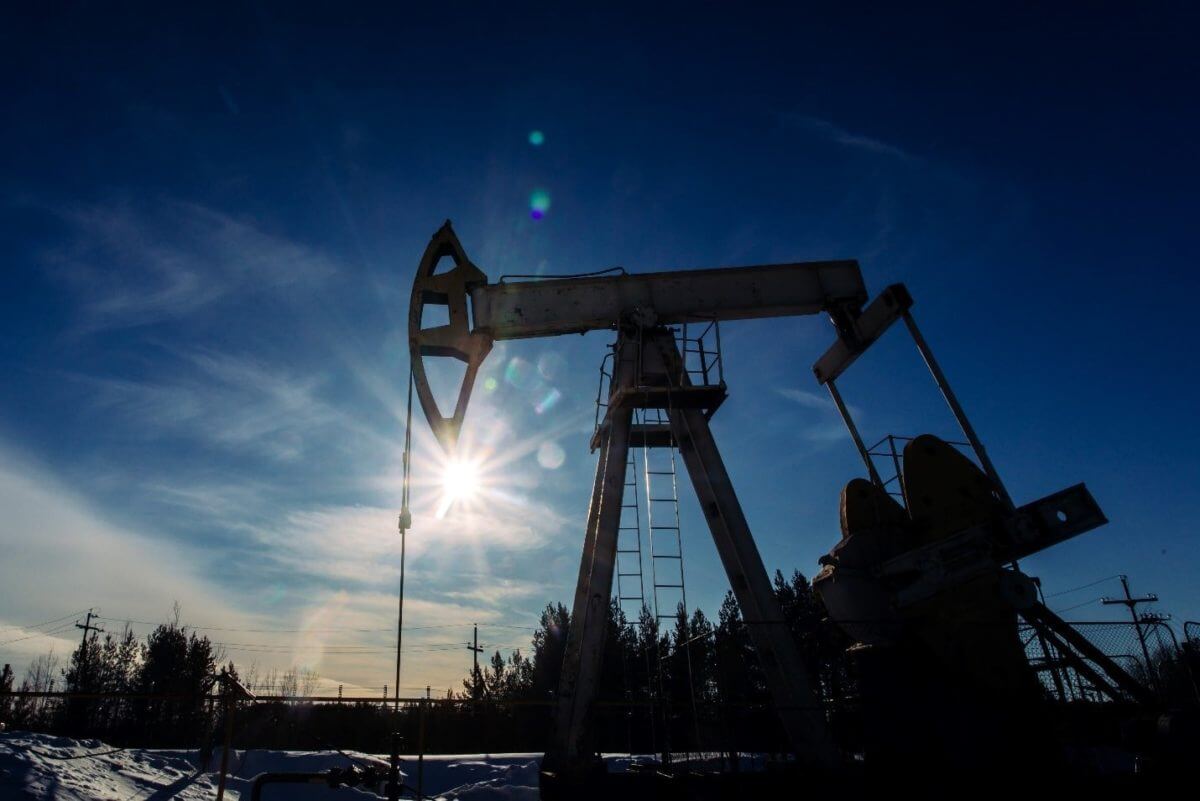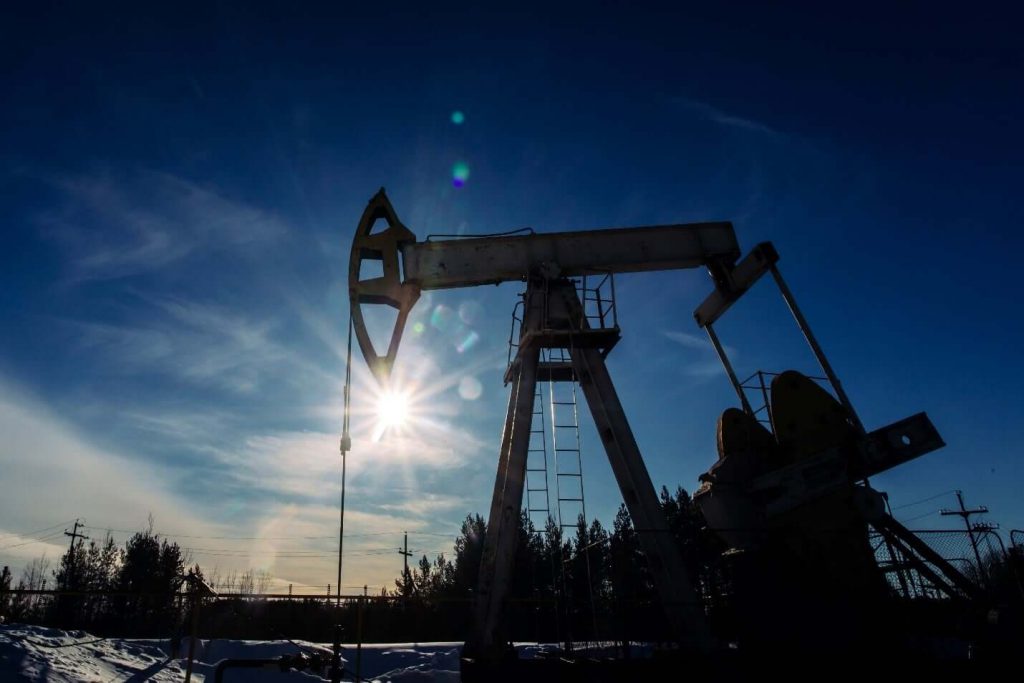
Oil rises above $64 a barrel as U.S. economy is recovering
Oil increased on Monday above $64 a barrel. More signs the U.S. economy is rapidly recovering from the pandemic outweighed concern a revival of the Iranian nuclear deal will lead to a boost in global supply.
West Texas Intermediate crude increased by 0.8% after surging 2.5% on Friday. The spread of COVID-19 in the U.S. has slowed further, with the country ending its first week since June with no days of infections surpassing 30,000. Death rates resume declining in France and Italy, supporting energy consumption.
Brent crude oil futures for July surged 72 cents, which equals 1.1%, and traded at $67.16 a barrel. U.S. West Texas Intermediate for July traded at $64.25 a barrel.
Notably, talks between Iran and world powers will resume in Vienna this week to try and resolve the sides’ remaining differences over the nuclear pact. Iran is expected to extend a U.N. nuclear inspections agreement, buying diplomats time to revive the landmark deal that would lead to an official return of the Persian Gulf nation to world oil markets.
Crude has surged in 2021 as investors wager the roll-out of vaccines will turn the tide against the outbreak in leading economies. However, that rise has lost some momentum since March as new waves of infection hit Asian economies. Meanwhile, the Iranian talks are making progress, the OPEC and its allies are loosening joint output curbs.
a meeting of the OPEC+ Joint Technical Committee has been shifted to May 31
Additinally, Goldman Sachs Group Inc., the world’s most powerful investment bank, announced that the case for higher prices remains intact. According to it, Brent was forecasted to reach $80 this year even if Iranian supplies are revived.
There are indications the virus is strengthening its grip in parts of Asia. Meanwhile, Malaysia is reporting fresh curbs on movement at the weekend. Macro-economic signals in developed economies remain positive. A measure of output at manufacturers and service providers in the United States hit a record in May.
Oil prices maintained gains even after China intensified a campaign to cool raw materials. However, data for April suggest both the nation’s expansion and its credit impulse may have crested, putting commodities at risk.
Remarkably, a meeting of the OPEC+ Joint Technical Committee, which was set to occur on May 25, to assess the state of global supply and demand has been shifted to May 31.


